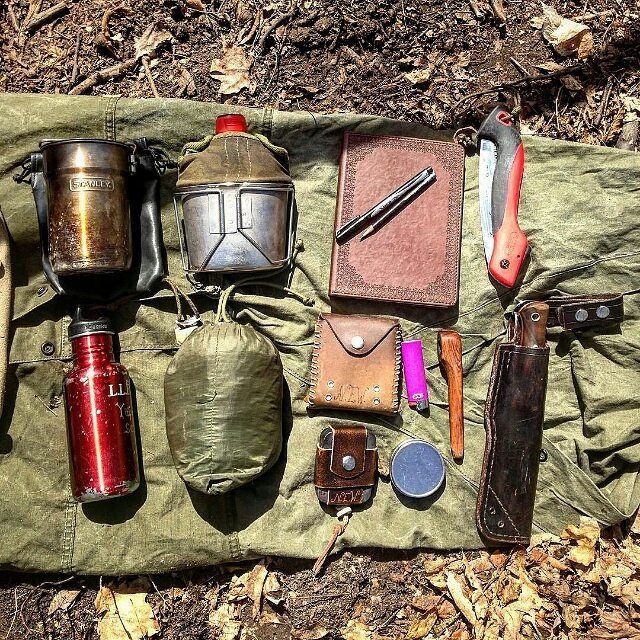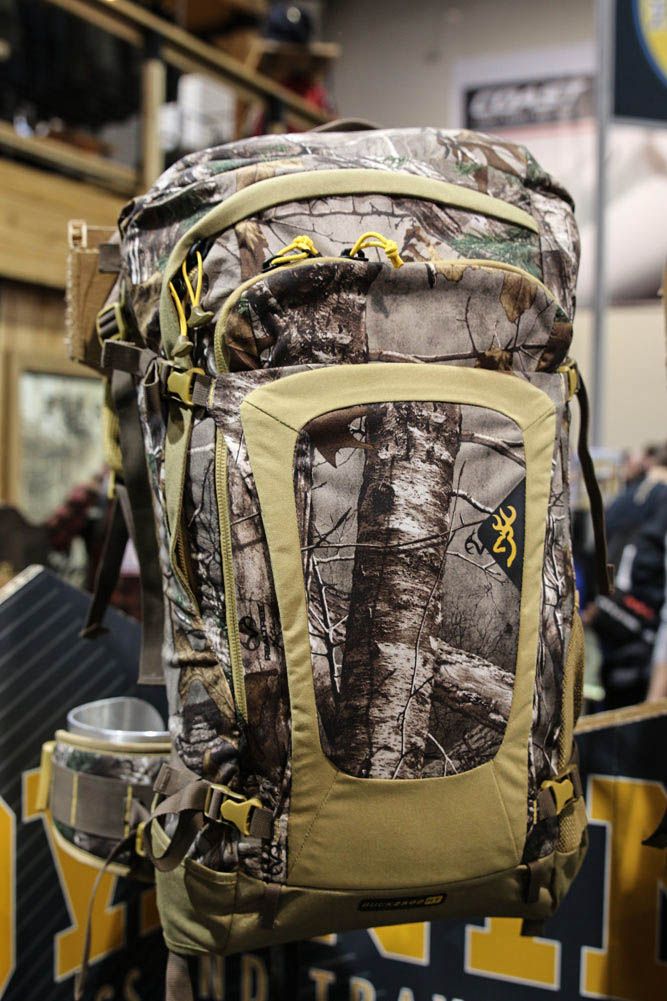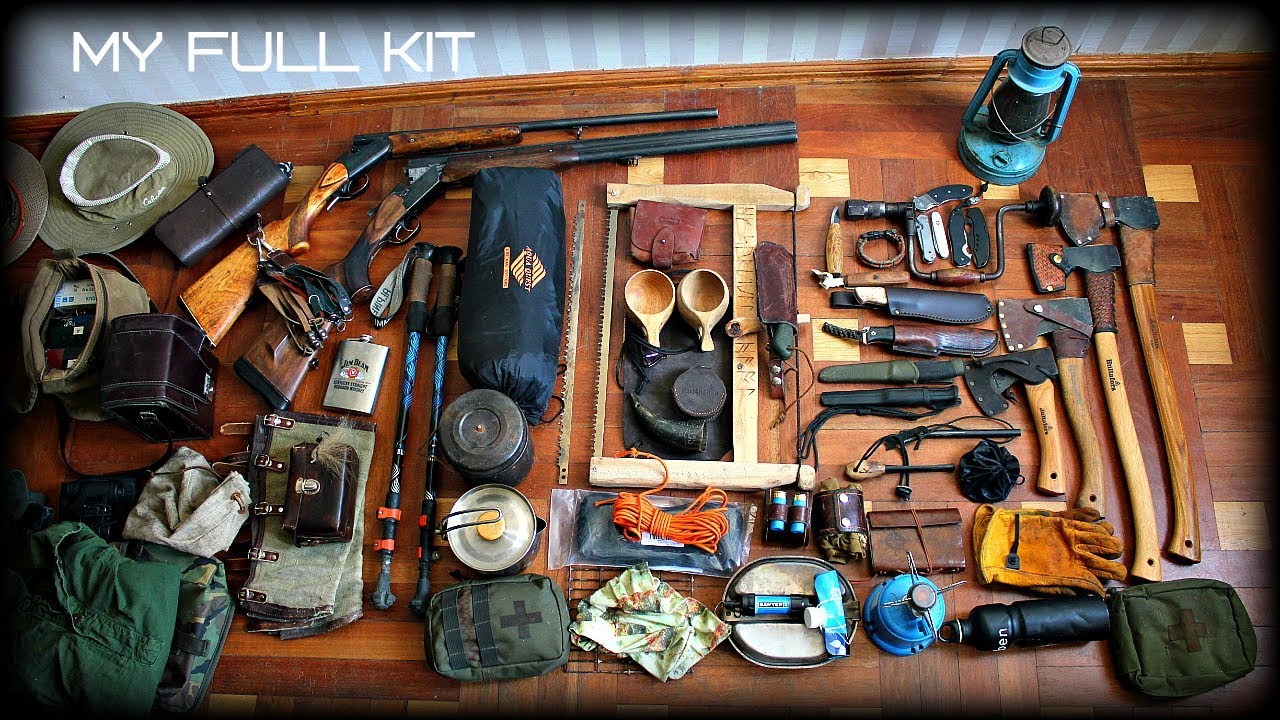Must-Have Survival Equipment: Gearing Up for the Unexpected

Being prepared for emergencies is a crucial part of responsible living. Whether you’re an avid outdoor enthusiast or simply want peace of mind, having the right survival equipment can make a world of difference in an unexpected situation. But with so many options available, where do you start? This guide will unpack the essential gear you need to keep yourself safe and comfortable if things take a turn for the worse.

The Big Three: Shelter, Fire, and Water

- Shelter: Protection from the elements is paramount. Consider a versatile tarp, emergency blanket, or lightweight bivy sack to provide temporary shelter from rain, wind, and scorching sun.
- Fire: In cold environments, fire means warmth, safety, and the ability to boil water. Pack a reliable firestarter like a ferrocerium rod and tinder, along with waterproof matches as a backup.
- Water: This life-sustaining resource is vital. Include a water purification system (tablet, pump, or filter) to make contaminated water safe to drink. Consider carrying a metal canteen or bottle for storage.
Beyond the Basics:
- Navigation: A compass and map, along with the knowledge to use them, are crucial for finding your way in unfamiliar terrain. Consider a GPS device for extra reassurance.
- Signaling: Being able to attract attention can be lifesaving. Pack a loud whistle, signal mirror, or emergency locator beacon to alert rescuers.
- First Aid: Be prepared for minor injuries and ailments with a well-stocked first-aid kit. Include essentials like bandages, antiseptic wipes, painkillers, and any personal medications.
- Tools: A sturdy knife or multi-tool is invaluable for a variety of tasks, from building shelter to repairing gear. Include duct tape or paracord for additional versatility.
- Food and Nutrition: Emergency rations or high-calorie bars can provide essential energy in extended situations. Don’t forget a lightweight camp stove and cooking utensils for preparing hot meals.
Additional Tips:
- Tailor your kit to your environment and activities. Are you going hiking in the mountains or camping near a lake? Different environments require different gear.
- Practice using your equipment. Don’t wait for an emergency to figure out how things work. Familiarize yourself with your gear beforehand.
- Keep your kit accessible and updated. Store your equipment in a readily available location and check it regularly for expired items or needed replacements.
Remember, being prepared is all about taking control of the situation. Having the right survival equipment, combined with knowledge and resourcefulness, can significantly increase your chances of staying safe and healthy in an emergency.









